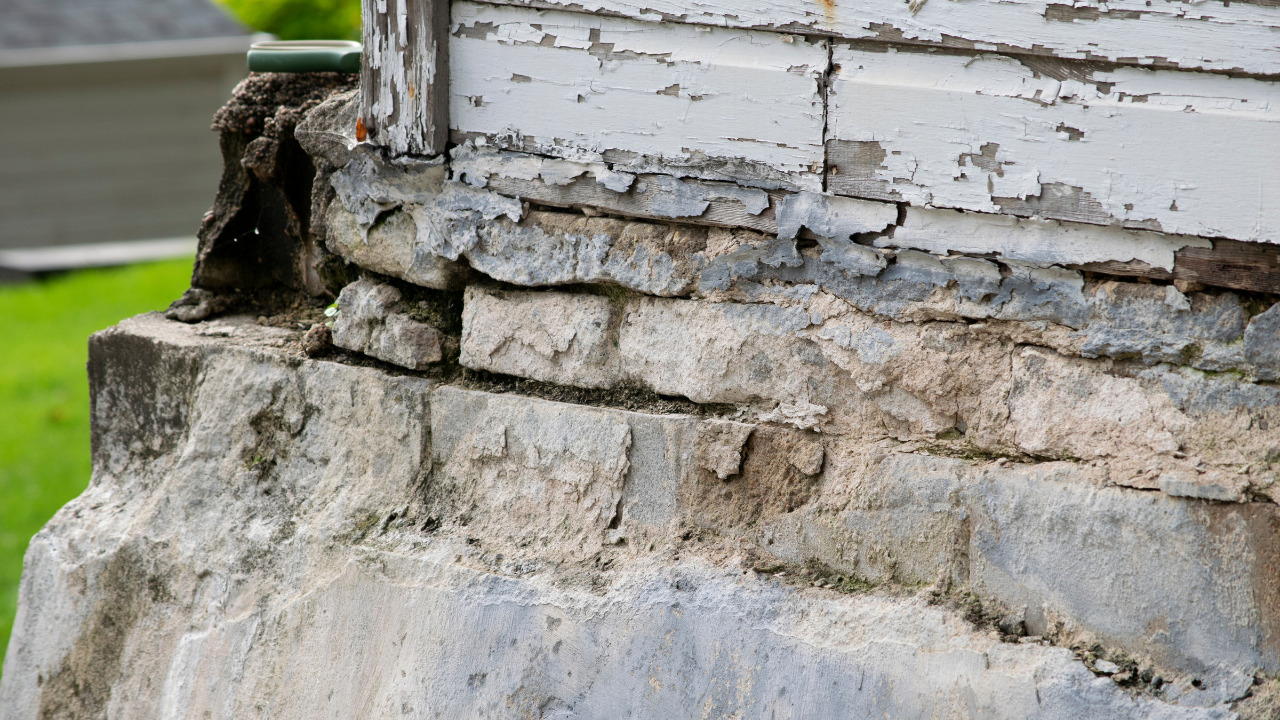Understanding the Challenge: Bowing Basement Walls
When buying a house with bowing basement walls, it’s crucial to comprehend the potential challenges that may arise. Bowing walls can be indicative of structural issues, and addressing them properly is vital for the long-term stability of your home.
Signs of Bowing Basement Walls
Identifying bowing basement walls is the first step in making an informed decision about a potential property. Look for horizontal or stair-step cracks, inward-bowing sections, or misaligned doors and windows. These signs could signal underlying structural problems.
The Importance of a Professional Inspection
Prioritize a comprehensive inspection carried out by a qualified structural engineer. This step is non-negotiable in the home-buying process, especially when bowing walls are a concern. A professional inspection provides a detailed analysis of the extent of the issue and potential remedies.
Choosing the Right Inspector
When selecting an inspector, opt for one with expertise in structural assessments. Their keen eye can uncover subtle signs that may be overlooked by a general home inspector. The more thorough the inspection, the better equipped you’ll be to make informed decisions.
Financial Implications: Assessing Repair Costs
Understanding the financial aspects of addressing bowing basement walls is pivotal. It’s not just about the purchase price; you need to factor in potential repair costs.
Repair Options and Estimates
Get multiple quotes from reputable foundation repair companies. Each estimate should outline the proposed solution, associated costs, and the expected duration of the repair. This information is crucial for budgeting and negotiating the property’s final price.
Negotiating with Sellers
Armed with a comprehensive understanding of the issue and repair costs, enter negotiations with confidence.
Leveraging Inspection Results
Share the inspection results with the seller to highlight the urgency and extent of the problem. This can provide leverage for negotiations, allowing you to either reduce the purchase price or have the necessary repairs completed before finalizing the sale.
Financing Considerations
When dealing with structural issues, financing can be a complex matter. It’s essential to explore your options thoroughly.
Mortgage Lender Requirements
Different lenders may have varying requirements regarding homes with structural issues. Some may insist on repairs being completed before approving a mortgage, while others may offer specialized loans for such situations.
Specialized Loans and Grants
Look into government programs or specialized loans designed to assist with the costs of repairing structural issues. This can be particularly helpful in mitigating the financial burden associated with buying a house with bowing basement walls.
Long-Term Solutions: Ensuring Stability
Addressing bowing basement walls isn’t just about fixing the immediate problem; it’s about ensuring the long-term stability of your investment.
Investing in Quality Repairs
Opt for high-quality foundation repairs that come with warranties. This not only ensures the immediate issue is addressed but also provides you with peace of mind regarding the structural integrity of your home for years to come.
Ongoing Maintenance
Implement a proactive approach to maintenance, including regular checks for any signs of recurrence. This can involve monitoring cracks, ensuring proper drainage, and addressing any issues promptly to prevent further complications.
Conclusion
In conclusion, buying a house with bowing basement walls requires a strategic and informed approach. From identifying the signs to negotiating with sellers and addressing financial considerations, every step plays a crucial role in securing a stable and sound investment.



